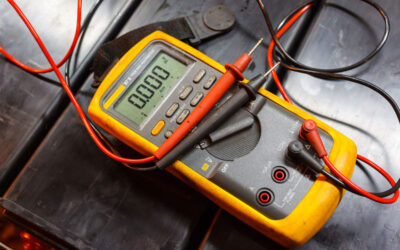By Bill Adams
Contrary to popular belief and the ramblings of pundits and commentators including myself, there is no single “best way” to assemble an apparatus purchasing committee (APC). Many so-called industry experts tout biased opinions expounding on the past successes they’ve personally experienced or witnessed. In the fire truck world, there is an idealistic way, a preferred way, a wished-for way, and ultimately the realistic way to form a purchasing committee. Unfortunately, there’s no easy way to pick one.
To rephrase a common saying, “what is good for the goose is not necessarily good for the gander.” Response districts and demographics dictate the type apparatus required. An engine company designed for first-due response in Washington State’s Okanogan National Forest may not cut the mustard in downtown Washington, D.C. Additionally, many fire departments and purchasing committees have preordained agendas. It could be that a preferred manufacturer is desired or a specific tank, motor, pump, or similar accoutrement is favored. Preference is understandable for reasons of standardization, reliability and proven experience with given components.
Likewise, it is comprehensible not to favor a manufacturer when prior experience with a product has proven unsatisfactory. Perhaps more deceitful, hard to prove and seldom mentioned is when a questionable agenda is being pursued. It could be an APC member’s personal preference for a given manufacturer, or a dislike for a local salesperson, or a committee member’s brother-in-law happens to sell a particular brand of apparatus.
Regardless if a department is volunteer or career and irrespective of personal agendas, there are two basic types of purchasing committees: standing and appointed. A standing committee is where membership is usually determined by a position held or rank. Many career entities, especially larger ones, have established standing committees for purchasing. Membership could include the officer in charge of apparatus, the head mechanic in charge of the apparatus repair shops, the ranking officer in charge of fireground operations, a firematic officer from the type of company the new rig is slated for (i.e. an engine or ladder company), and perhaps an everyday rank-and-file firefighter. Some may even include a firefighter as a representative from a labor organization if the firefighters are so represented.
Volunteer committees can mirror the career scenario. In one, the committee was chaired by the 1st Assistant Chief (or Deputy Chief) who’s in line to become the department’s next chief. Rationale was the existing chief would soon be a has-been and the next in line would inherit the vehicle so it should be set up how he wants it. Some standing committees in volunteer organizations might consist of just firematic officers. Some may include a past chief and members with certain professions such as a mechanic or a professional truck driver. While experience can never be taken away, caution is advised that some traditionalists (old-timers) may be purchasing a fire truck for yesterday’s fires and not today’s or tomorrow’s. And, the local automobile mechanic may not have experience repairing fire pumps. Depending on the frequency of purchasing, standing committees may have more stability, experience, and foresight than appointed committees.
An appointed committee is where personal preferences could come into play. The authority having jurisdiction (AHJ) such as a village board or a career fire chief may designate a committee. In a volunteer company, it may be the president from the civil side of the organization that decides membership. Will the appointed members have the experience, expertise, and foresight? Or, are they just members of the “good ole boys club”? That is sad, but very commonplace. The chief may have been in office for decades, his brother is the president of the fire company, and both have sons who are firematic line officers. Unfortunately in that scenario, the deck is stacked. Will the appointed committee merely appease the fire chief or the ranking civil officer or will it objectively accomplish its mission?
For a purchasing committee to be effective, it must be given finite instructions from the AHJ. Goals and objectives must be clearly defined. Any purchasing committee, whether it be standing or appointed, should be held accountable for its actions. The makeup of an APC can be as important as writing the specifications for and purchasing the apparatus itself.
BILL ADAMS is a member of the Fire Apparatus & Emergency Equipment Editorial Advisory Board, a former fire apparatus salesman, and a past chief of the East Rochester (NY) Fire Department. He has 50 years of experience in the volunteer fire service.







